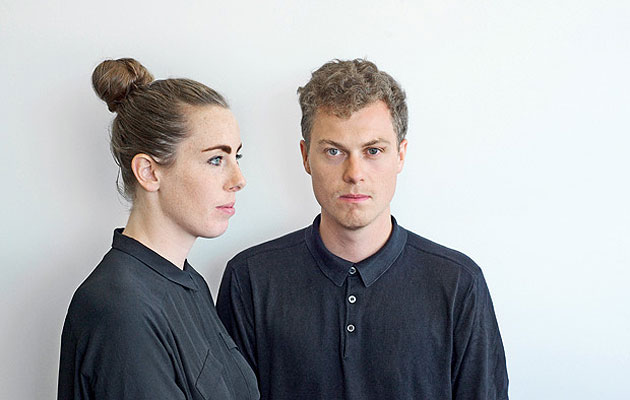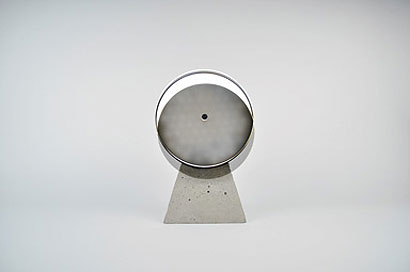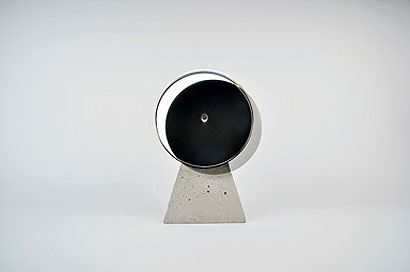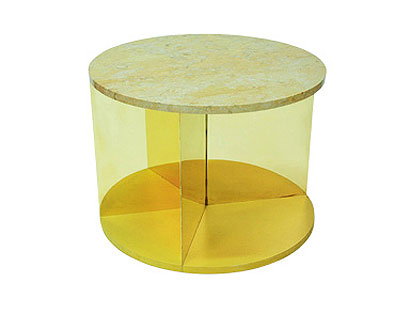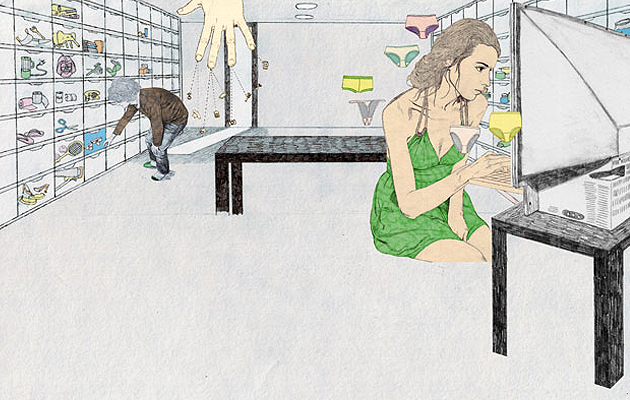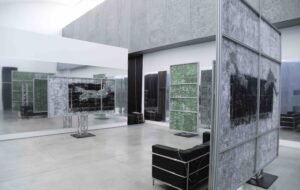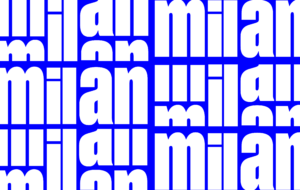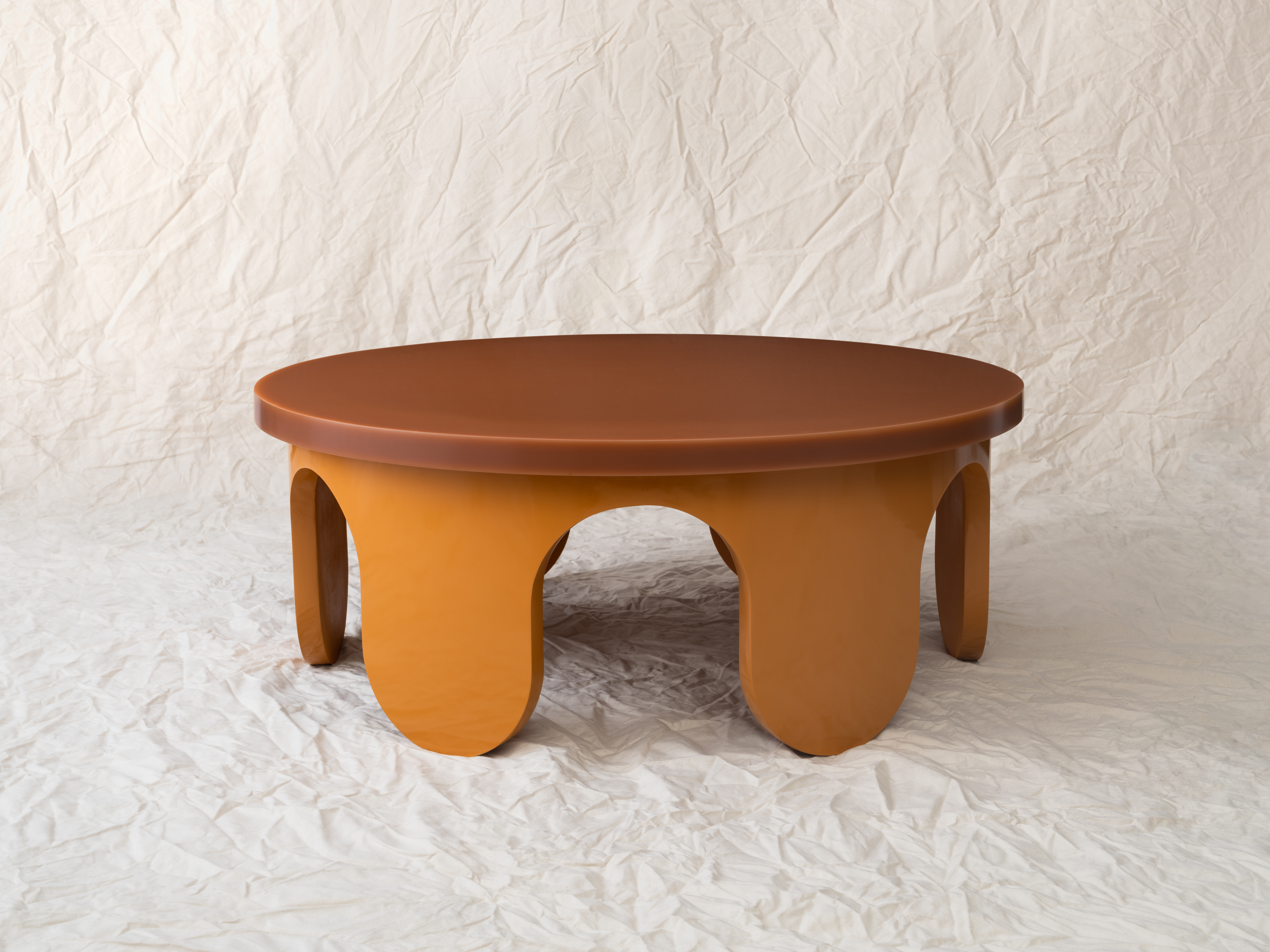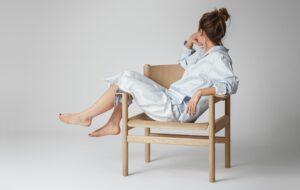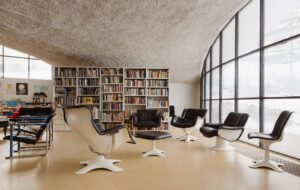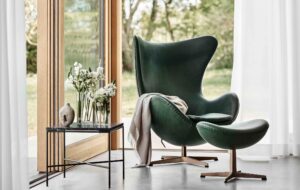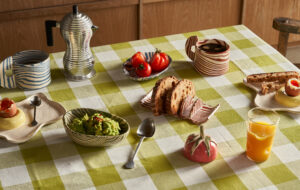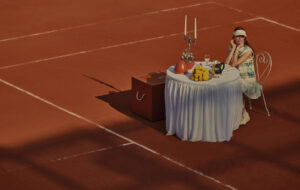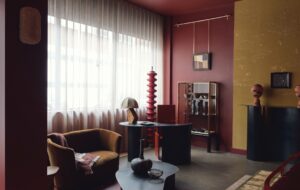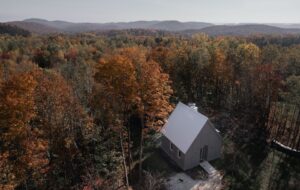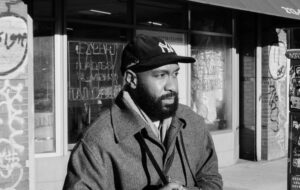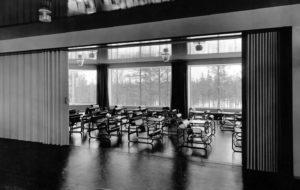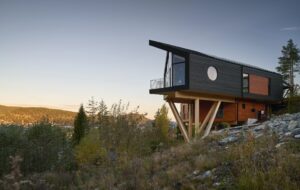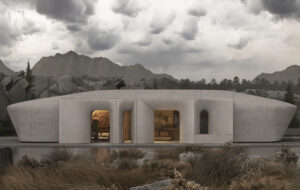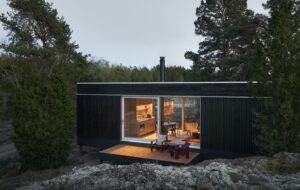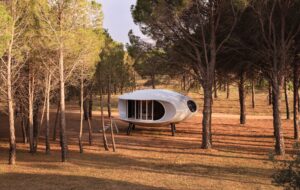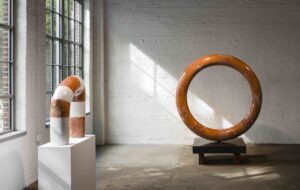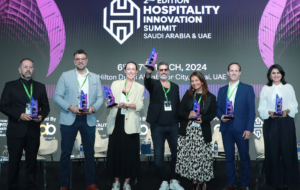|
|
||
|
The first two years after Design Academy Eindhoven, we were in a black hole moment,” says Dutch-Canadian designer Oskar Peet, one half of OS and OOS. “We were both thinking, ‘why should we bring new objects into the world?'” his Dutch counterpart Sophie Mensen adds. Instead, the Eindhoven-based designers planned to realise a concept store and gallery space. “We even did a course in business,” Mensen says. But an invitation to participate in a show during Dutch Design Week 2011 saw the couple abandon these plans. They were asked to respond to the theme “re-appreciation”, and, aptly for a re-awakening, they found themselves looking at the sun. “It rises and sets and allows life on earth, and yet it is the most unappreciated source of light,” Peet says.
The designers – who cite old-school science fiction movies as a source of inspiration – became interested in syzygy: when three celestial bodies form a straight line, such as in an eclipse. While the sun burns continuously, we experience night or darkness only when a part of the earth is cast into shadow, either by itself or by another planet. “We wanted to bring this to a human scale,” Mensen says – to make an object that changes the amount of light the viewer sees, despite the light source being constant. “We came across a filter we had lying around at the studio,” Peet says. The camera filter’s use is to block or enhance reflections, but place it in front of another, and light is blocked completely. Peet and Mensen exploited these properties by layering three identical filters, laminated on to glass discs, in front of each other – the last of which is attached to an LED light box. By manually moving one disc even slightly, the filters interplay, “magically” blocking out light to create a black that is “so very black” or letting the light beam through. “If you raise both your hands with the fingers pointing upwards, you can see light between the fingers – but rotate one hand 90 degrees and the vertical and horizontal light is blocked,” Peet explains. “The ions in the filter work like this.” The result is a trio of lights: Transit, a wall light, and Occultation and Eclipse, which are supported by a concrete base. Their mesmerising effects have attracted considerable attention; the designers are currently in talks with a gallery that is keen to let them expand the series further. “We’re interested in how the light could also act as a clock, or react to weather data,” Peet says. There are in discussions with manufacturers, to make a less complicated, mass-producible version.
It’s been an exciting few years, but “an uphill struggle”, Peet admits. With a background in mechanical engineering, he is the more technical of the couple, while Mensen’s skills are in aesthetics and building a strong overall concept. Despite their business course, the duo hasn’t yet found a formula that enables them to carry out the work that interests them and make a viable living out of it. But they are exploring these ideas through practice rather than book-keeping. Their most recent series Colouring Tables comprises nine small tables in three different price brackets. Each is assembled following the same basic rules of engineering, and in the same colour. Just the materials change, ranging from MDF to metal and marble, and going up in price respectively. The series formed part of Objects For Sale, an exhibition during Dutch Design Week 2012, to question how we place value on an object. The duo asks: Does time spent make a better table? Where does the border lie between form/function and plain excess, in terms of price? “Because everyone taking part in the exhibition was working mainly for galleries and financially it wasn’t working out that well. We decided to make something for design week that we could actually sell,” Peet says. They concede that sales were not through the roof, but “it was a strong message,” he says.
|
Image OS and OOS
Words Anna Bates |
|
|
||

